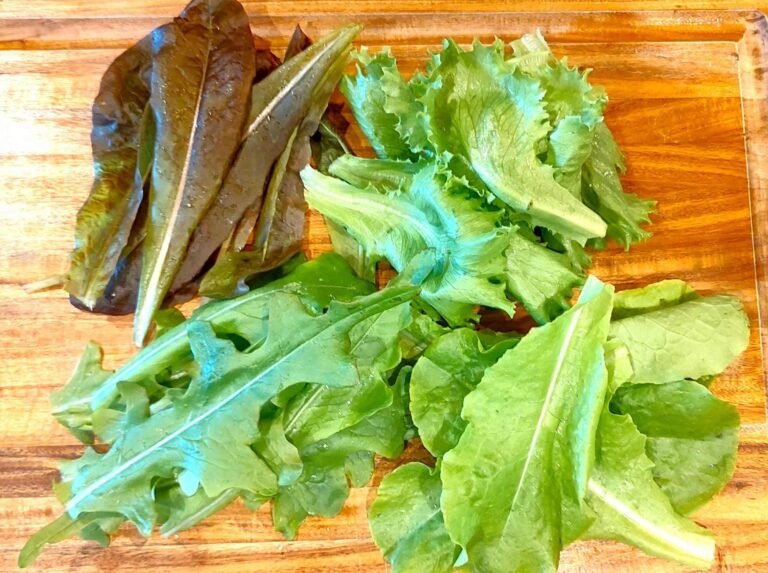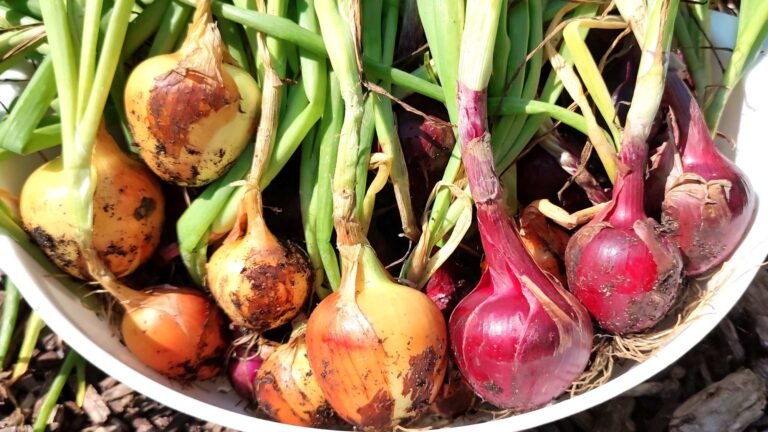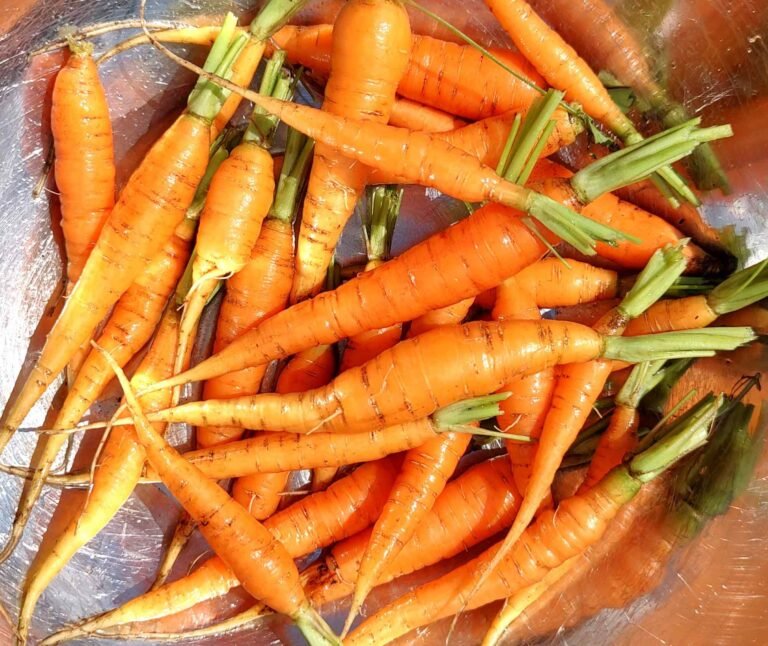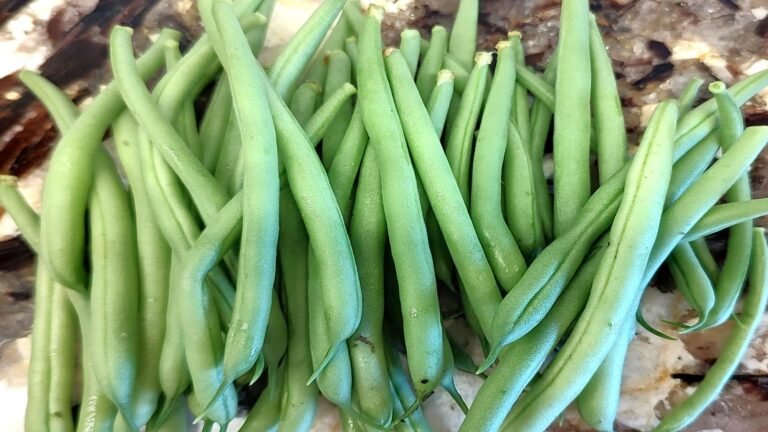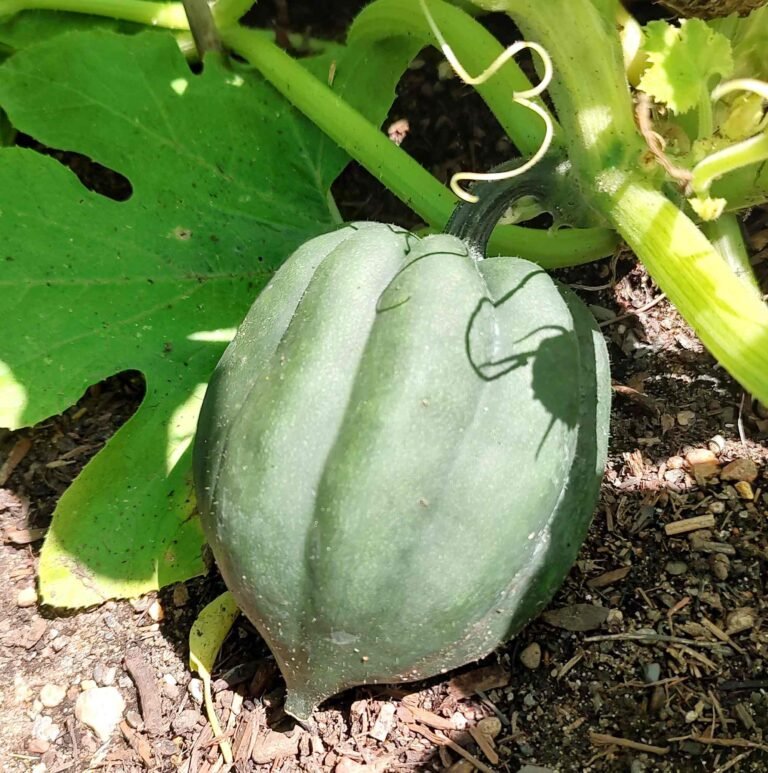Celery is a crisp, versatile vegetable that adds a refreshing crunch to salads, soups, or snacks. Growing celery requires some patience. Celery plants have a long growing season and thrive in mild temperatures, but with the right approach, you can enjoy homegrown celery fresh from your garden. Follow this guide to learn how to grow celery.
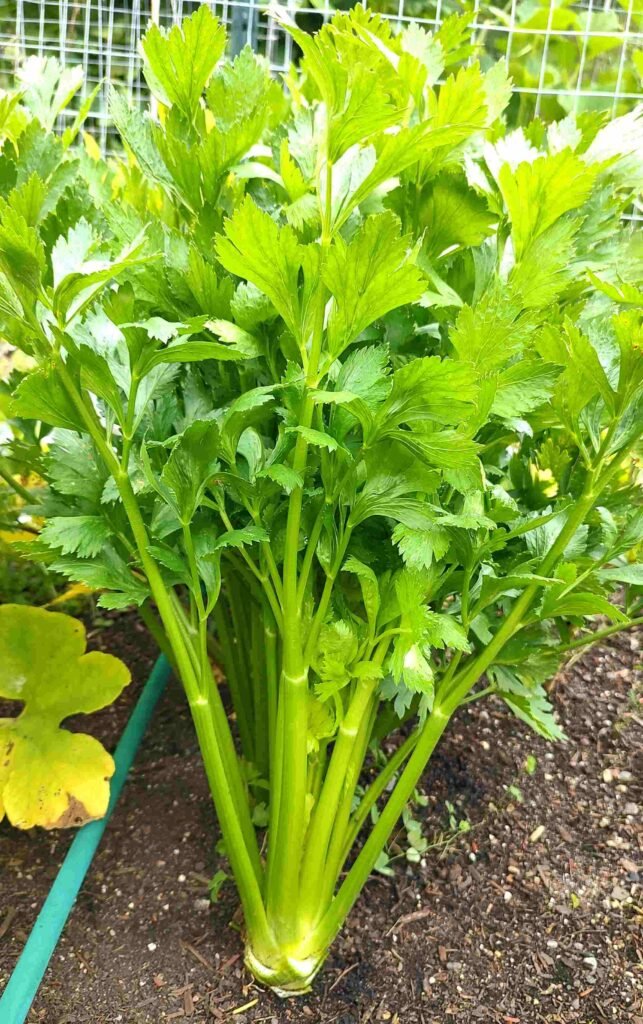
How to Grow Celery: Choosing the Right Variety
There are several types of celery, including:
- Pascal Celery: This is the most common variety, known for its thick, crisp stalks and strong flavor. The variety that I grow is called Tall Utah and I have had no difficulty growing it in my northern hardiness zone (4b).
- Celeriac: Grown for its bulbous root rather than its stalks, it has a more earthy flavor.
- Leaf Celery: Also known as cutting celery, this variety is grown for its leaves rather than the stalks.
For beginners, Pascal celery is usually the easiest to grow and is recommended for its classic celery flavor and texture.
How to Grow Celery: Planting
Celery has a long growing season, so starting seeds indoors is usually necessary in colder climates. Read my article about starting plants from seed for more details about seed starting: How to Start Plants from Seed
- Timing: Start seeds 10-12 weeks before the last expected frost date. Celery is slow growing and needs time to mature.
- Planting: Use a seed-starting mix and sow seeds in shallow containers or seed trays. Sprinkle seeds on the surface and gently press them into the soil. Celery seeds are tiny and require light to germinate, so don’t cover them with soil. Gently water to saturate the soil. Keep the soil moist during the germination period.
- Light and Temperature: Place the trays under grow lights or in a sunny window. Celery seeds need temperatures between 70-75°F (21-24°C) to germinate, which typically takes 2-3 weeks.
- Thinning: When seedlings are 2-3 inches tall, thin them to one plant per cell by carefully snipping the smaller, weaker seedlings with scissors at the soil line.
- Transplanting: Once the seedlings reach 3-4 inches tall and have at least two sets of true leaves, they are ready to be transplanted outdoors. Transplant celery seedlings outdoors after the danger of frost has passed and when temperatures are consistently above 50°F (10°C) at night. Harden off the plants by exposing them to outdoor conditions for a few days prior to transplanting.
- Location: Select a sunny spot that gets at least 6 hours of sunlight per day. Celery can tolerate partial shade but grows best in full sun.
- Soil Preparation: Celery prefers soil that is high in organic matter. Work in compost or well-rotted manure to improve soil fertility and drainage.
- Spacing: Space plants 6-8 inches apart in rows that are 18-24 inches apart. Celery needs room to develop its stalks fully.
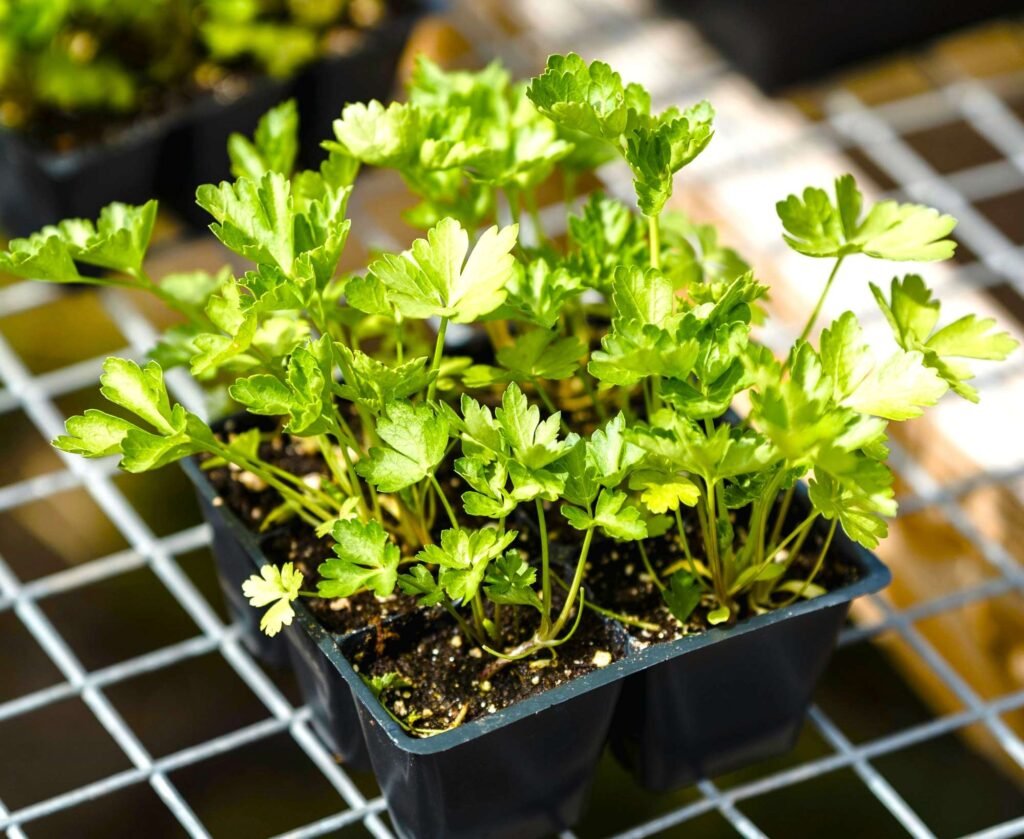
How to Grow Celery: Plant Care
- Watering: Celery has high water requirements. Keep the soil consistently moist but not waterlogged. Water deeply and regularly to maintain even moisture.
- Fertilizing: If fertilizing is desired, use a balanced organic fertilizer or one high in nitrogen to support vigorous growth. Apply fertilizer every 4-6 weeks.
- Mulching: Apply a layer of mulch around the plants to help retain soil moisture and control weeds.
How to Grow Celery: Managing Pests and Diseases
Keep an eye out for these pests:
- Aphids: These small insects can be controlled with insecticidal soap or by rinsing them off with water.
- Cutworms: Protect seedlings with collars or by placing barriers around the base of the plants.
- Celery Leaf Miners: Remove affected leaves and use appropriate insecticides if needed.
Common diseases include blight and rot. To prevent diseases:
- Rotate Crops: Avoid planting celery in the same spot year after year.
- Maintain Good Airflow: Space plants properly and avoid overhead watering to reduce humidity around the plants.
How to Grow Celery: Harvesting and Storage
Celery is usually ready to harvest 100-120 days after transplanting. You can harvest celery in two main ways:
- Whole Heads: When stalks are about 8-10 inches tall and firm, cut the entire head at the base.
- Individual Stalks: For a continuous harvest, cut the outer stalks from the base and leave the inner stalks to mature.
- Storage: Freshly harvested celery can be stored in the refrigerator for up to 2 weeks if you keep it in a container or in the crisper drawer. Celery can also be frozen or dehydrated for long term storage. To freeze, place sliced celery in a single layer on a baking sheet covered with wax paper. Once frozen, remove the celery from the baking sheet, fill them in freezer safe storage bags, and place the bags in the freezer. Once frozen, celery loses its crispness but is perfect for hot dishes likes soup or stir fry.
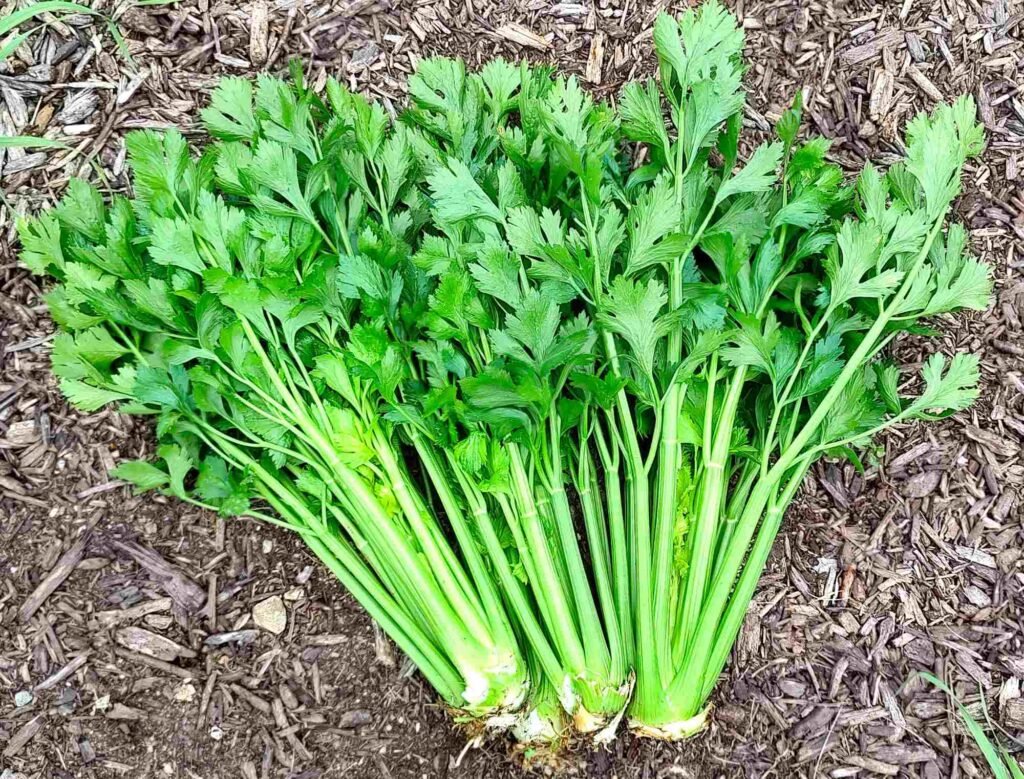
Final Thoughts
Celery has a reputation for being difficult to grow, but that has not been my experience. Perhaps my northern climate has a lot to do with that, but I hope you give it a try no matter where you live. I find that celery is one of the lowest maintenance plants that I grow in my garden. I plant it in the spring after my last frost date and watch it slowly get taller and build more stalks throughout the summer. Not only do I adore the crisp taste, but the added fiber and anti-inflammatory properties make celery a great choice for my garden!
Celery Recipes
You Might Also Like

Salmon Patties
Salmon patties are a delicious alternative to the typical fish filet. The salmon is combined with…

